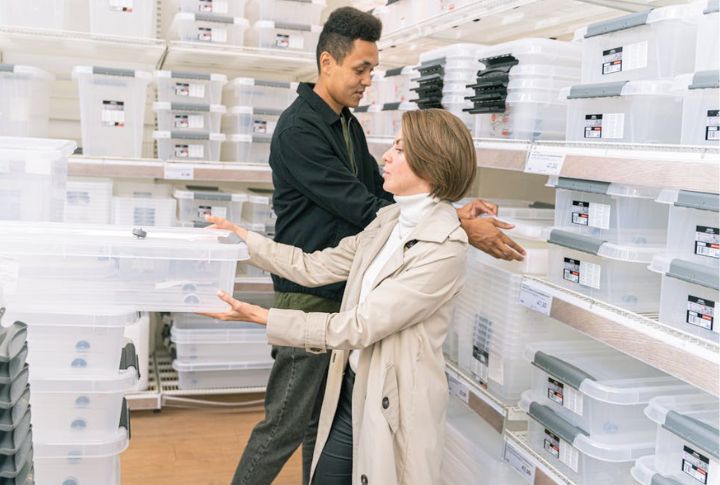
Plastic bins dominate storage aisles because they look practical and affordable, but experienced organizers know better. These containers often fail when you need them most, creating frustrating situations that could easily be avoided. Before you stock up on more plastic storage, consider these ten reasons to explore better alternatives.
They Trap Moisture
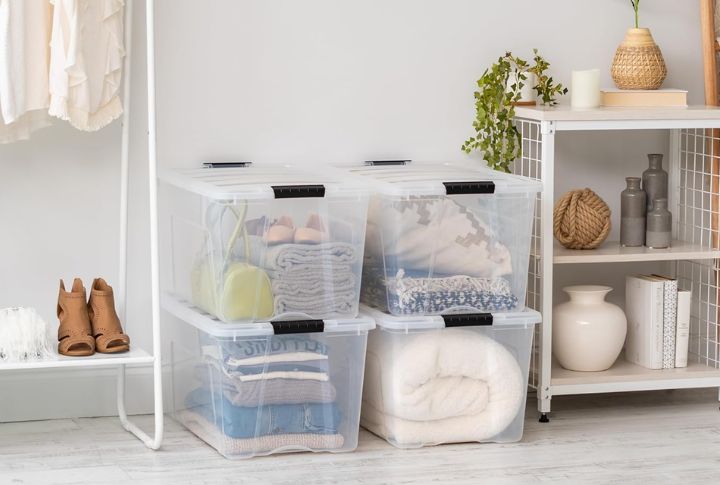
Air can’t circulate well inside tightly sealed plastic bins. Once humidity finds its way in, it tends to stay, leading to mold on items you meant to protect. In areas like closets, breathable alternatives like canvas or cardboard can store things more gently and safely over time.
They Get Brittle Over Time
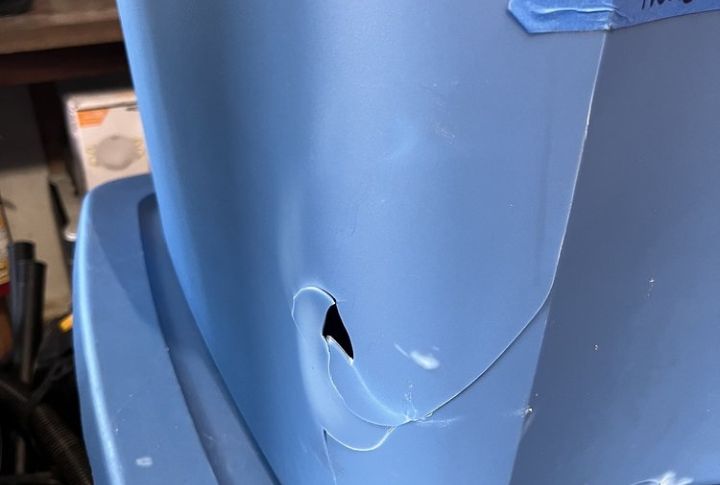
The satisfying click when you shut the lid doesn’t last forever. Sun, heat, and cold wear plastic down until it starts snapping in surprise. One winter in the attic, and suddenly a sharp corner or cracked base shows up right when you need it.
They’re Awkward For Tight Spaces
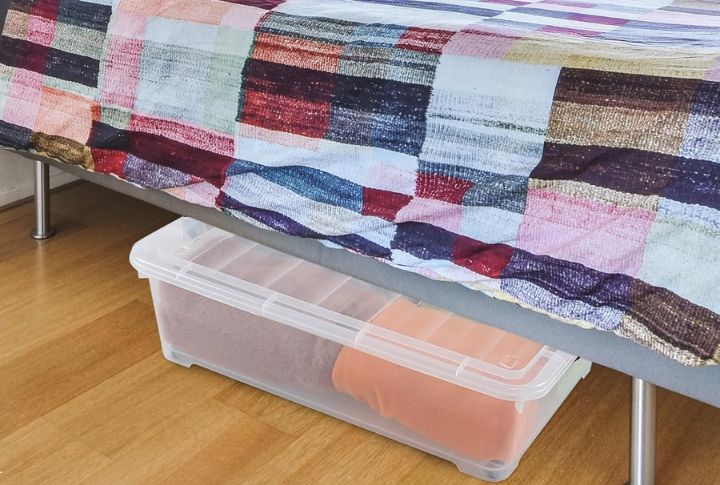
Plastic bins aren’t great at squeezing into narrow spots. Their rigid shape means no flex and no adjustment when space is tight. Under beds, in corners, or beside furniture, they waste room instead of saving it. Flexible storage bags or fabric baskets adapt to tricky angles with ease.
They’re Not Always Cost-Effective
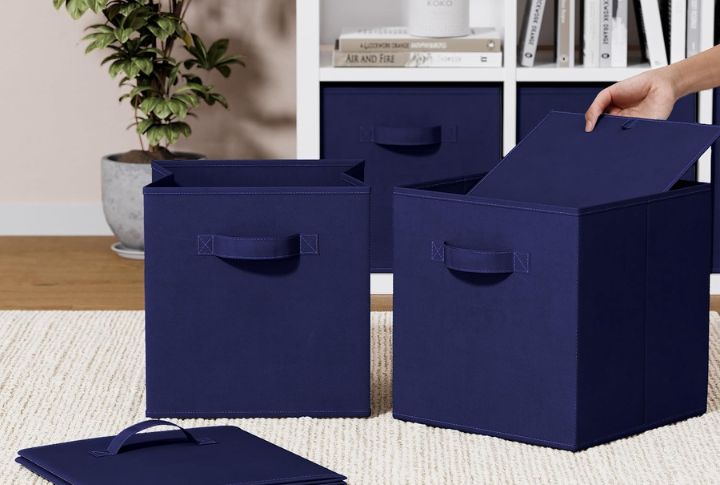
The price tag creeps up faster than you’d think. Sturdy bins cost more, while cheaper ones crack before the season changes. Add separate lids, and you’re paying extra just to store things. In the long run, fabric cubes or wooden crates stretch your dollar further.
They Release Chemicals
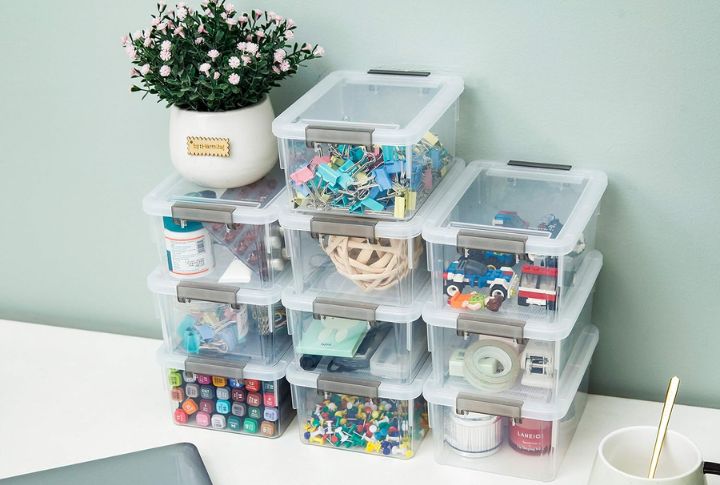
Plastic bins can come with that odd, sharp smell. That’s from VOCs that slowly leak into the air, especially in tight indoor spaces. Storing delicate items or fabrics in these containers may change how they smell. Storage options like cardboard boxes or cotton bins skip this issue altogether.
They’re Difficult To Recycle
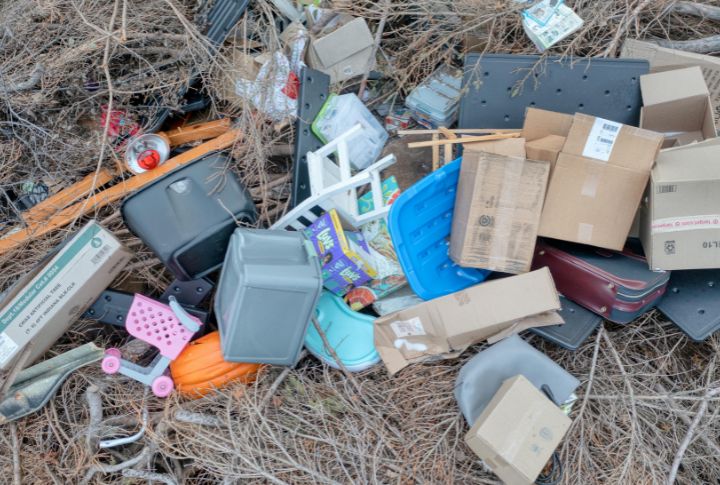
Most storage bins aren’t accepted by curbside recycling. Their shape or the mix of plastic types can cause issues for local facilities. When they crack, tossing them becomes the easiest option. Sadly, that’s why many of them head straight for landfills.
They Fade And Discolor
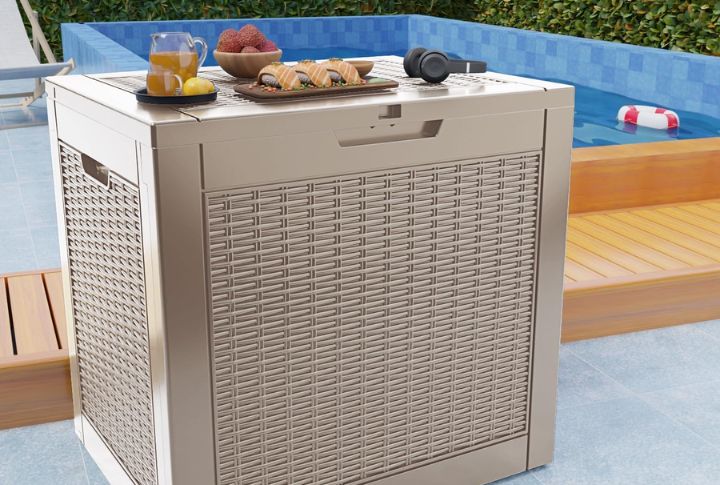
Clear plastics start turning yellow when they sit in sunlight for too long. Even the colorful bins can lose their punch, looking tired before they break. Storage shouldn’t feel dated just because of exposure. UV-treated containers are helpful, but they typically cost more upfront.
They’re Not Ideal For Fragile Items
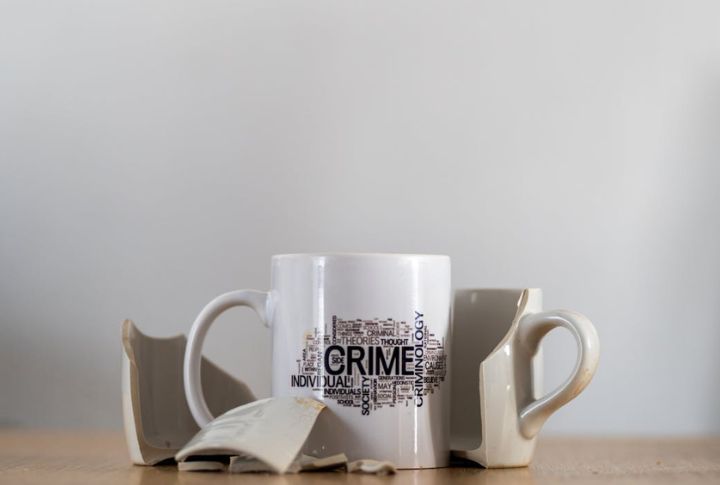
A slight jostle can cause ceramics to chip or glassware to crack. These bins don’t provide any soft cushion, which means you’ll still need foam or wrap inside. For storing breakables, containers with padding already built in make things a whole lot simpler.
Some Are Surprisingly Hard To Open
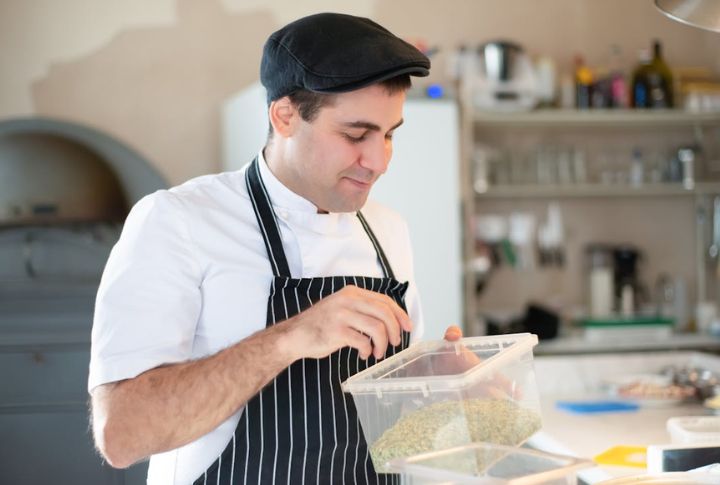
Clips snap tight, lids wedge on, and suddenly you’re prying at corners just to get socks. Frustrating, right? Over time, even smooth lids can warp. If access is a concern, look for soft-close tops, zippered options, or bins designed with grip-friendly shapes.
They Can Warp Under Weight
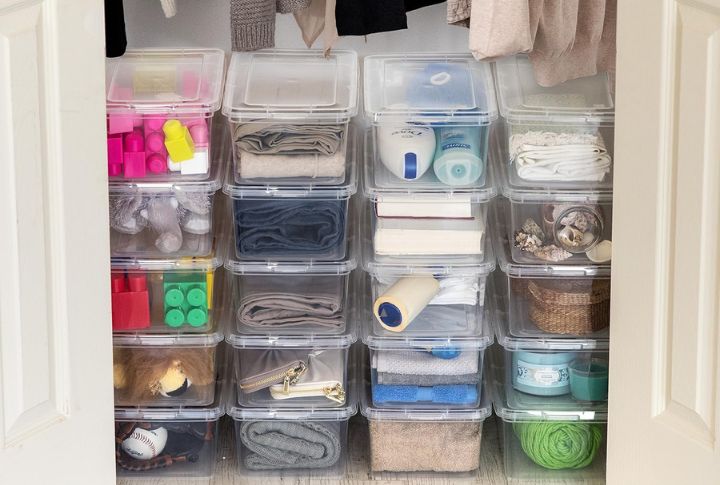
Stack them too high, and the bottom bin starts to bow. Plastic isn’t great at handling constant weight, especially if it’s holding heavier items. That warping makes lids stop fitting and stacks turn unstable. Stronger materials or reinforced designs hold shape better without the sag.

